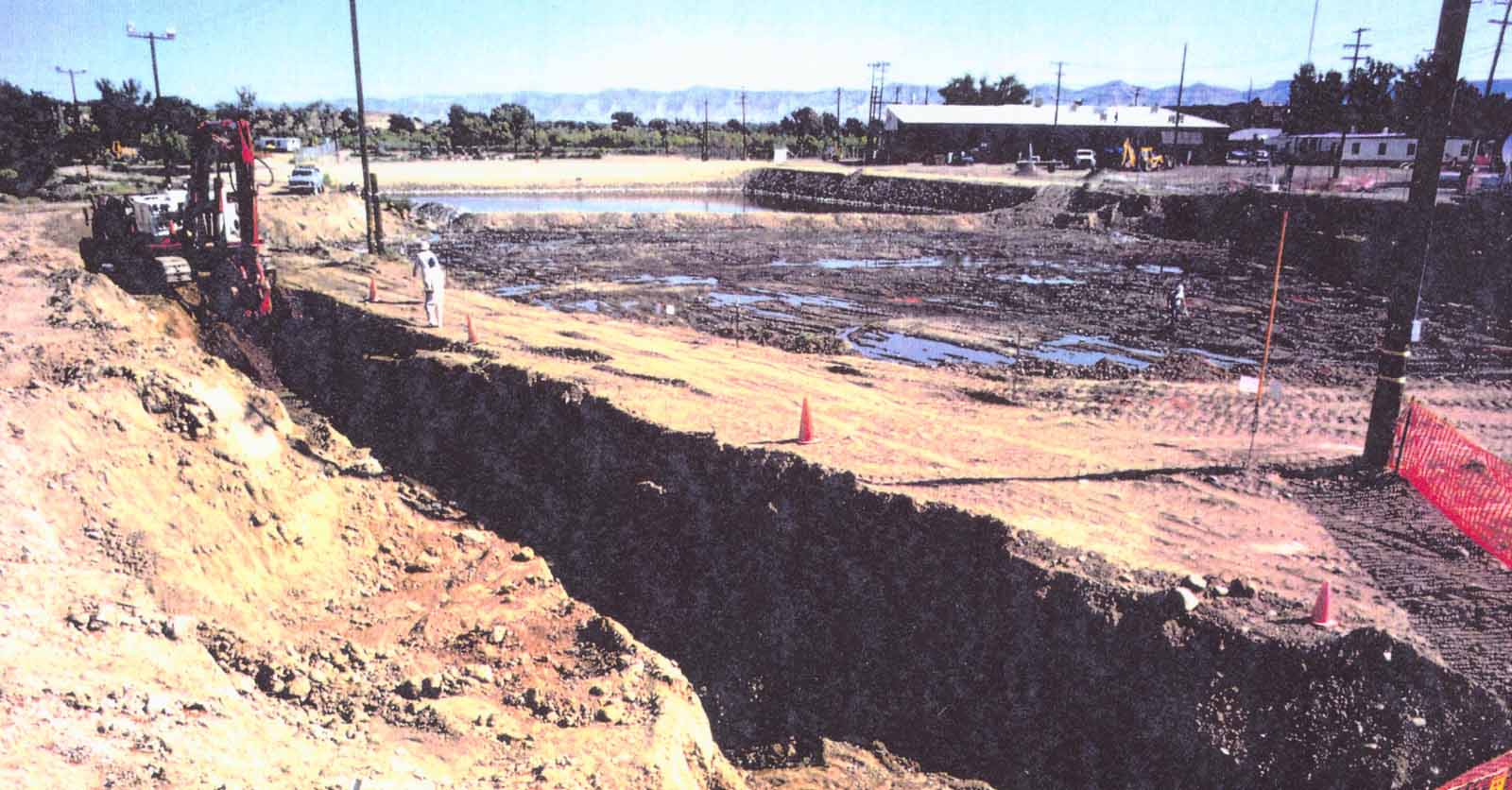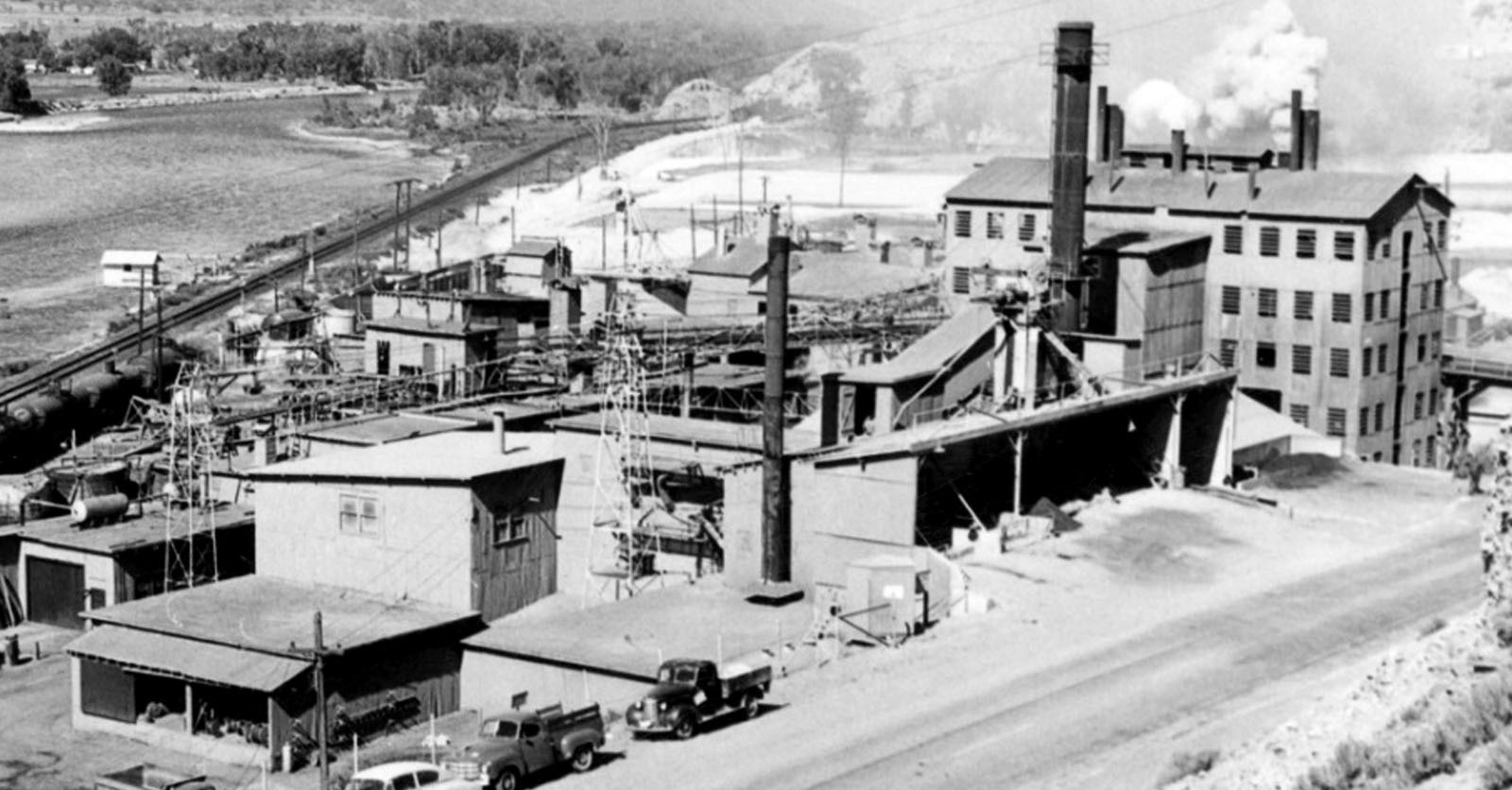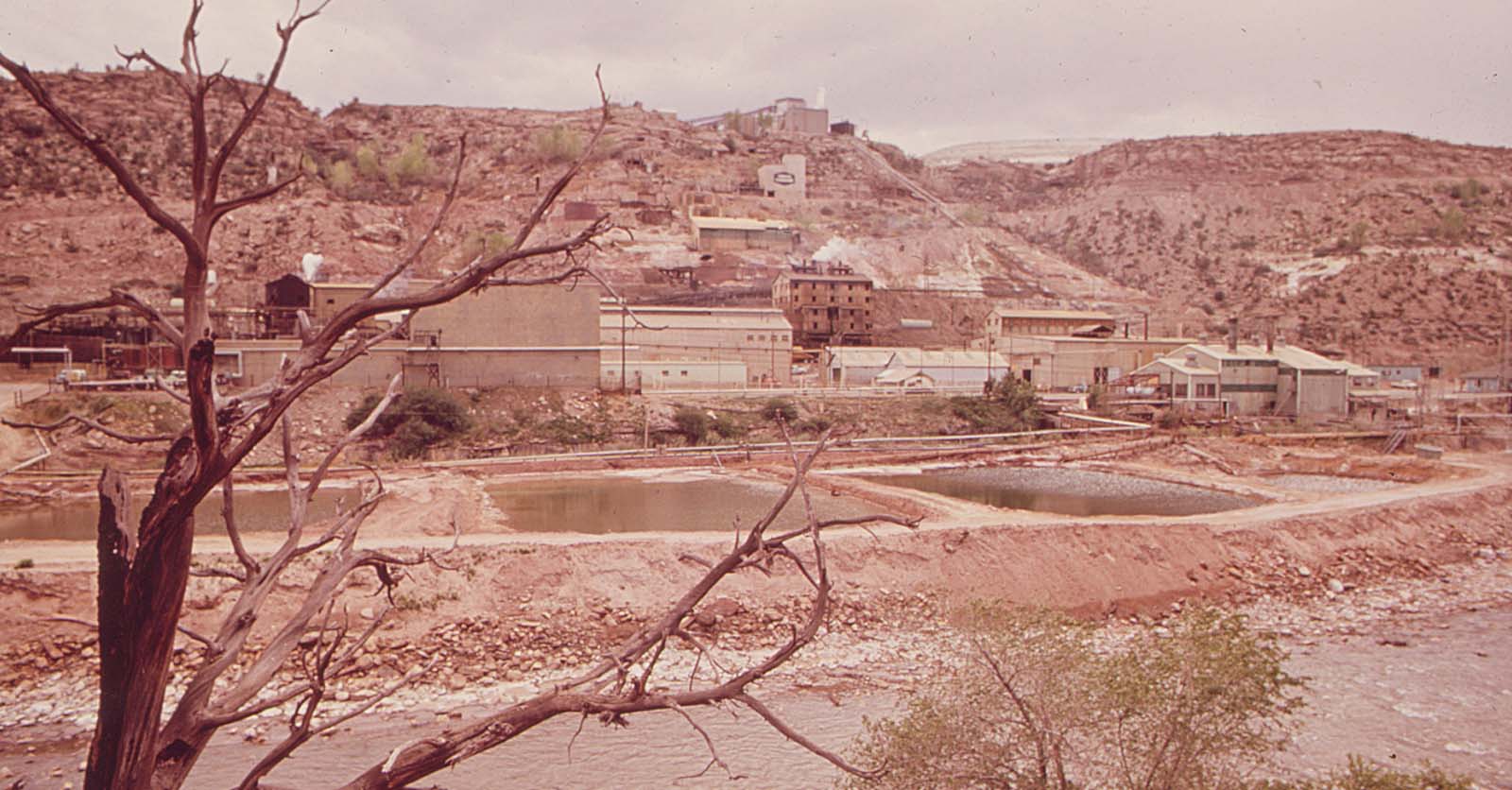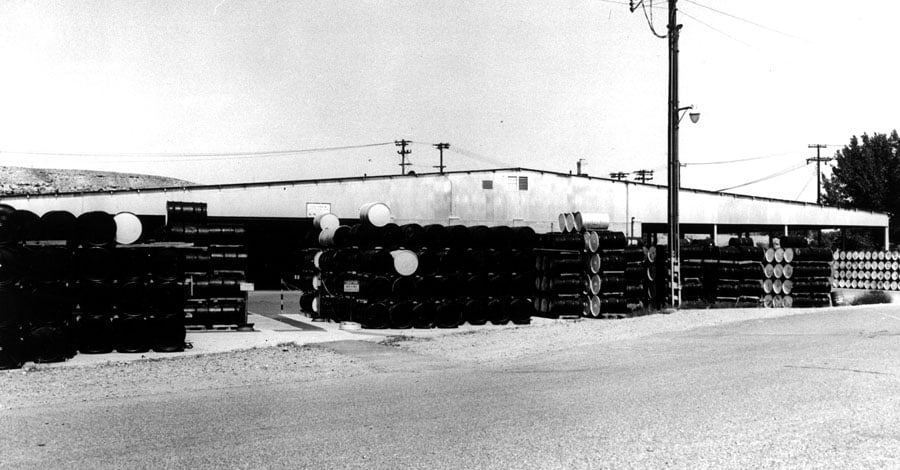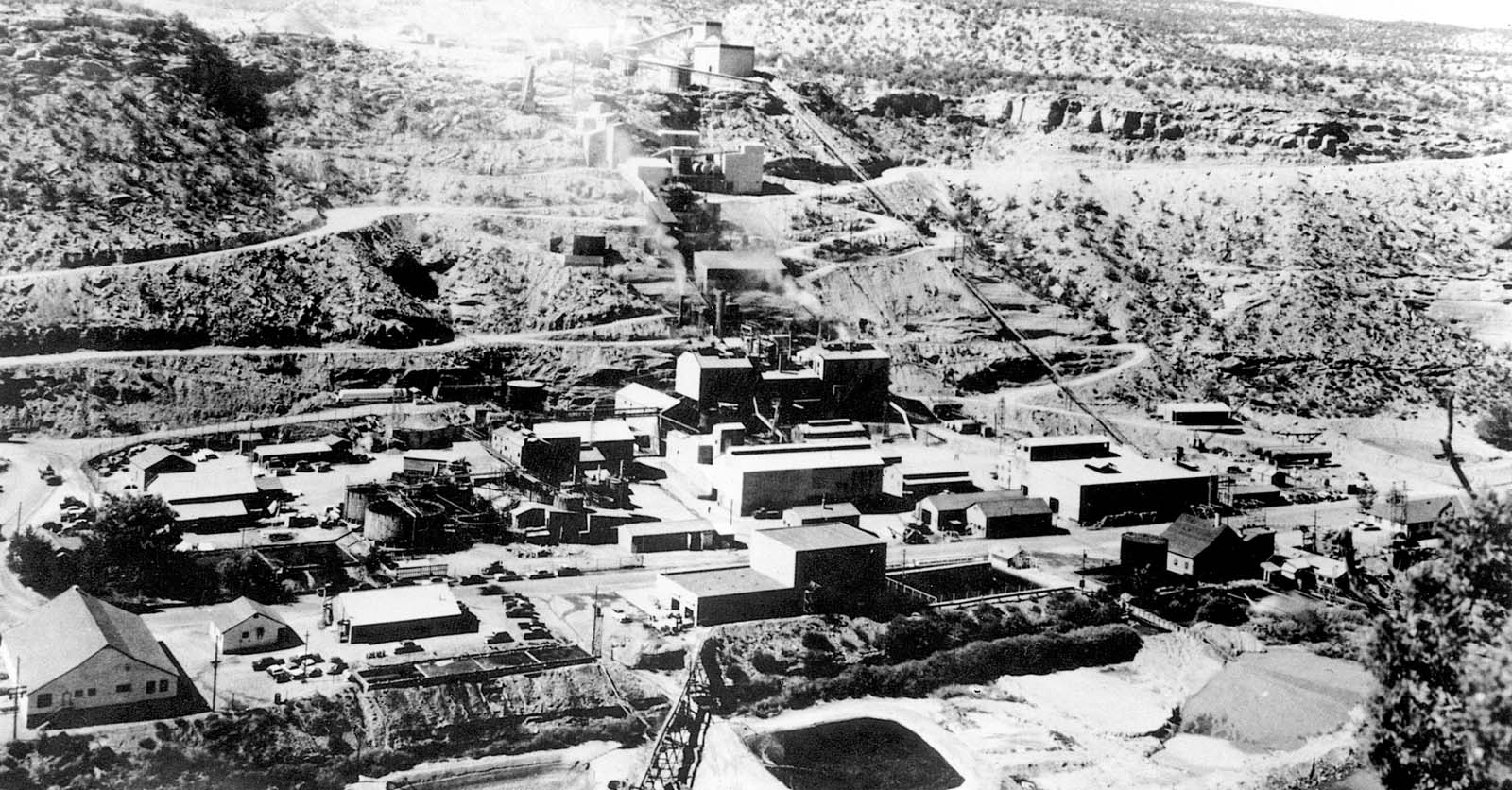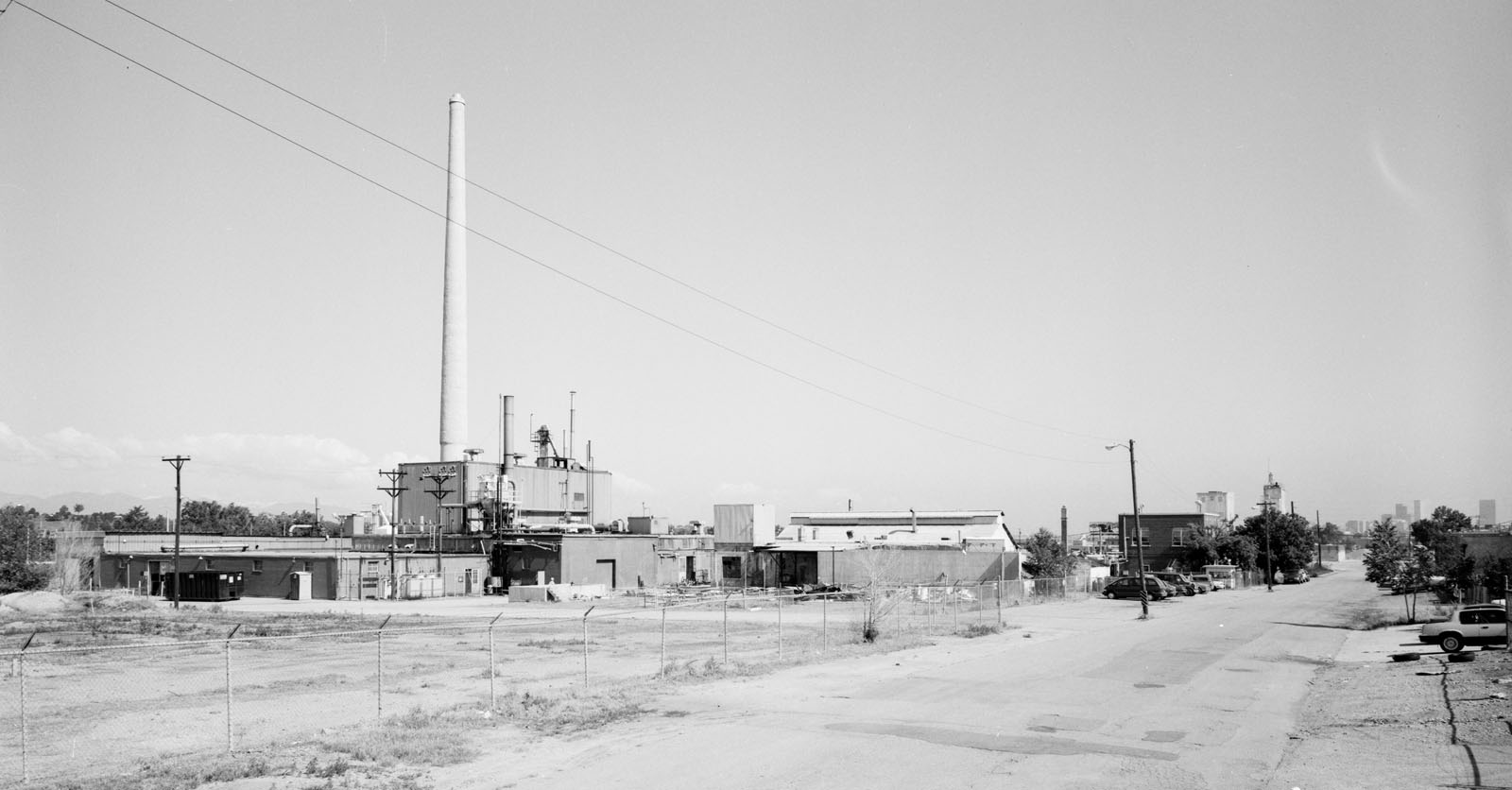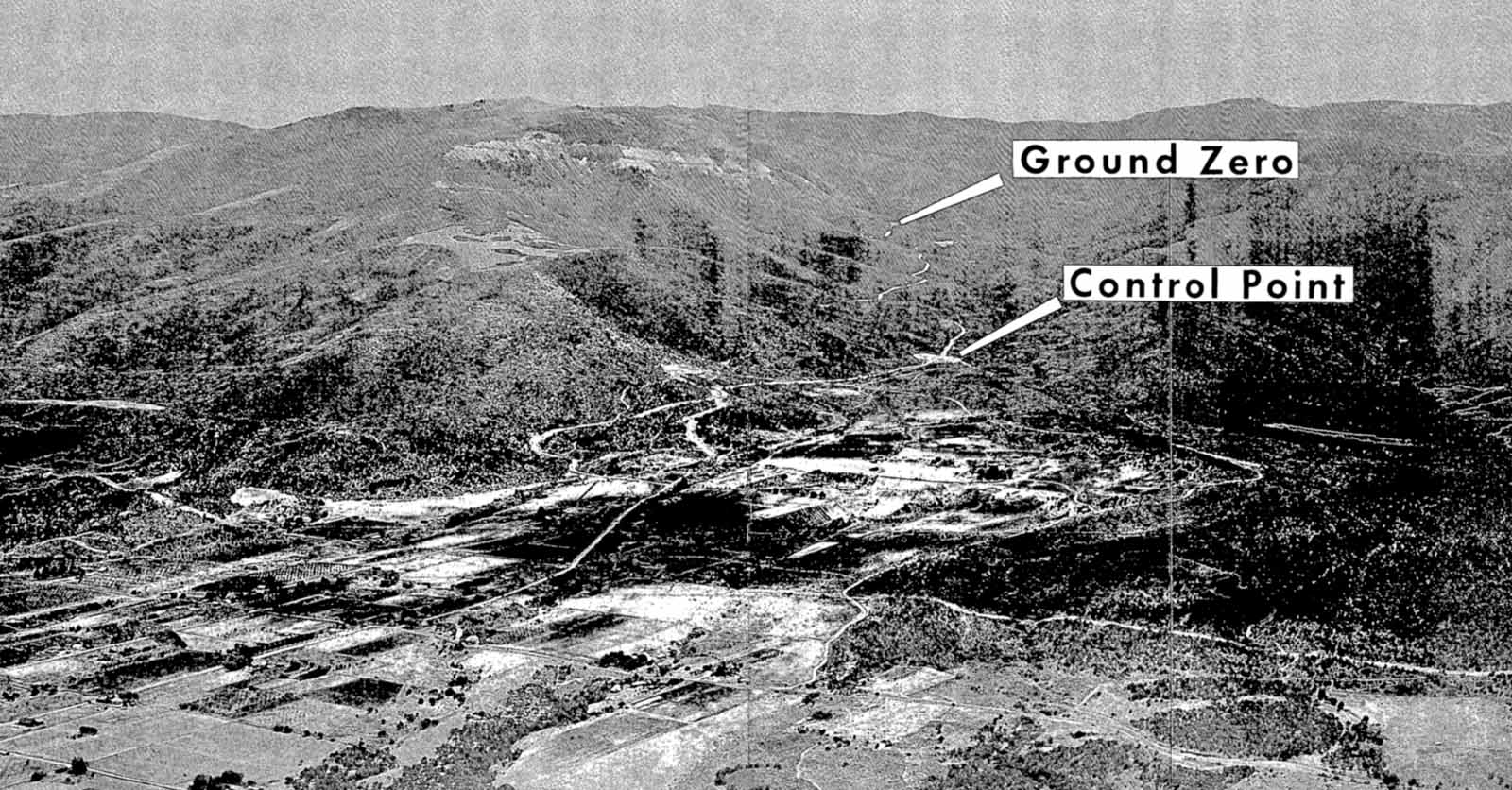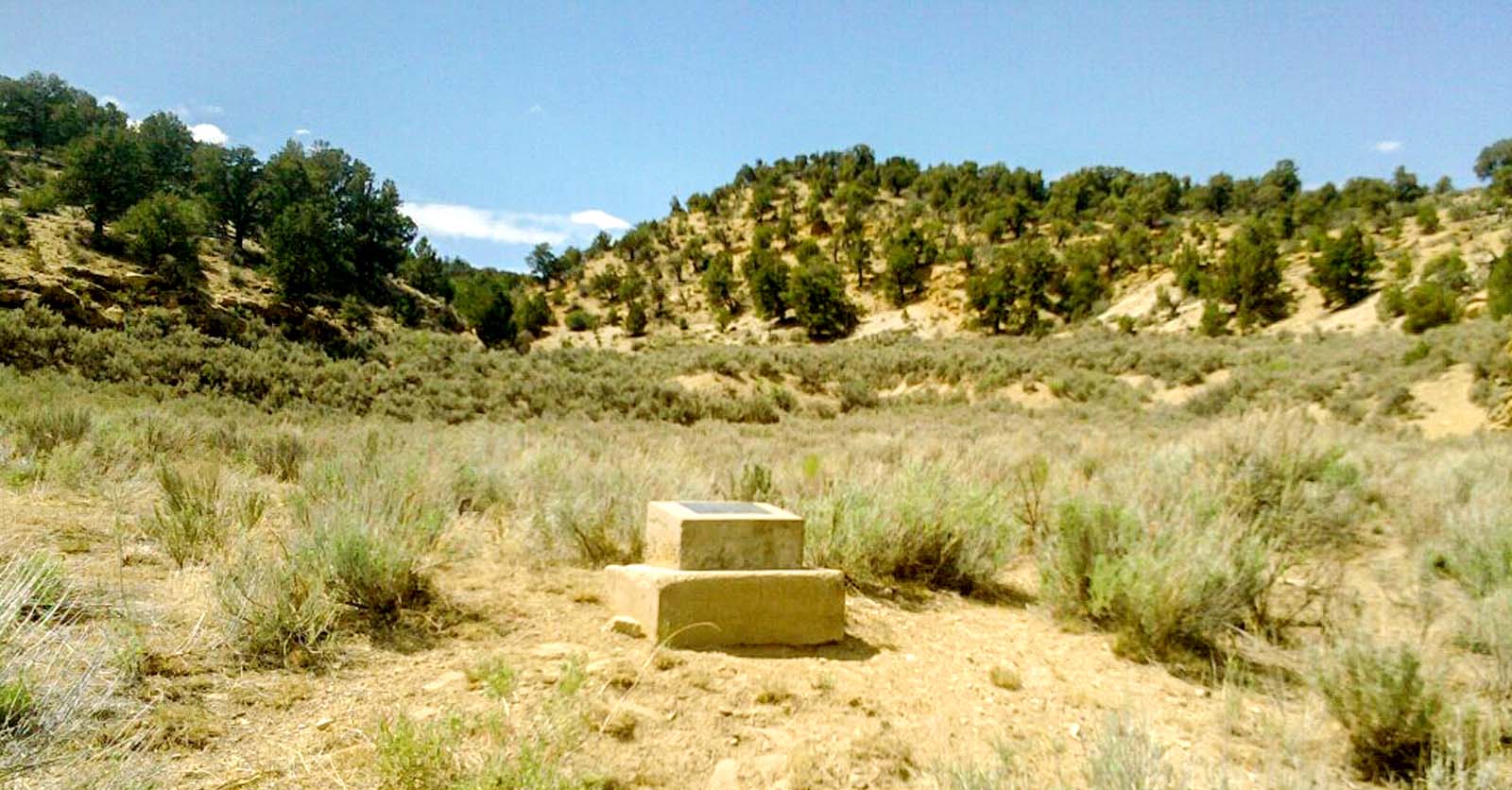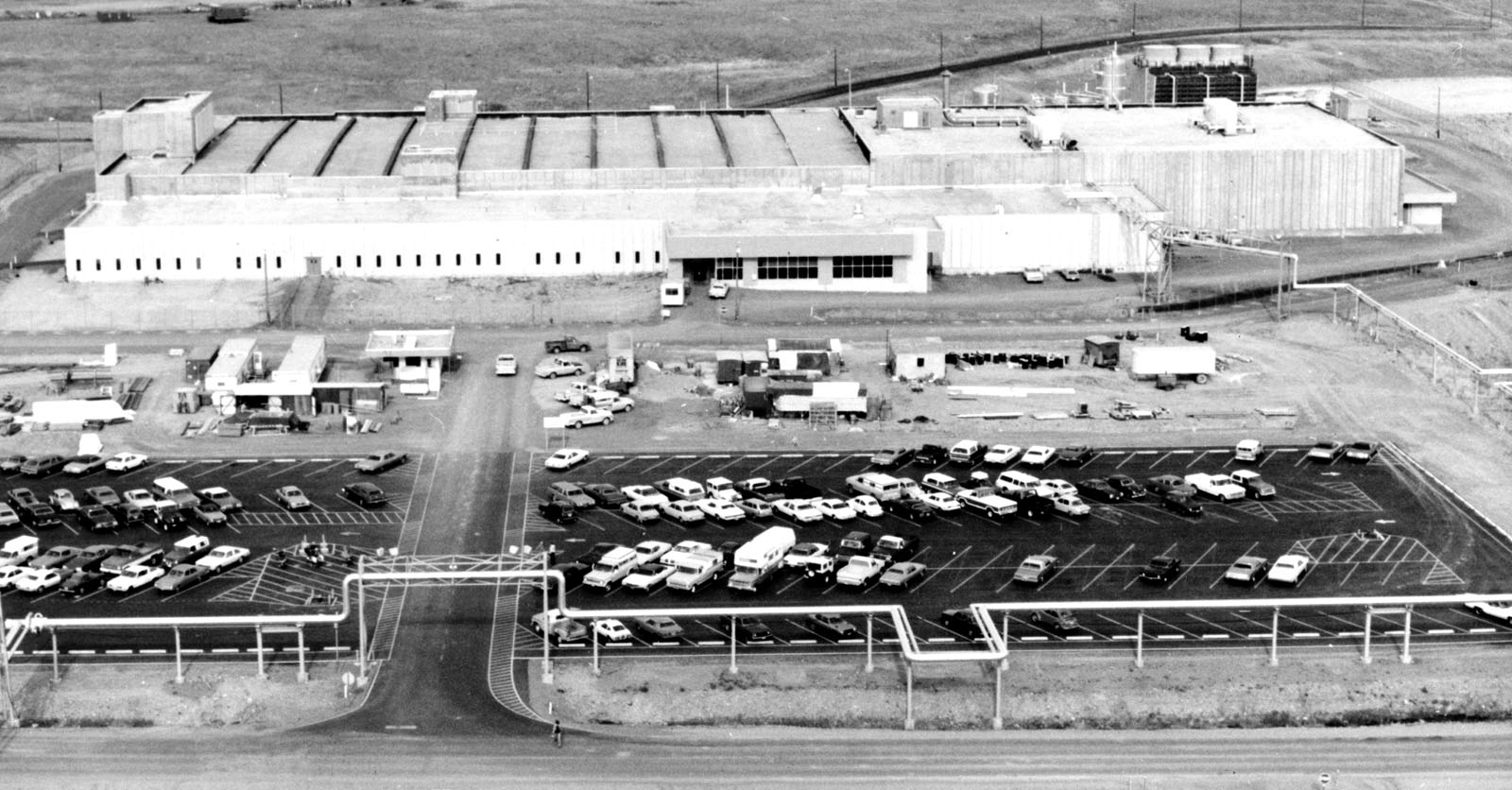3 min read
Climax Uranium Mill: Approved for EEOICPA benefits
![]() Trusted Ally Staff
:
Feb 24, 2025 10:27:20 AM
Trusted Ally Staff
:
Feb 24, 2025 10:27:20 AM
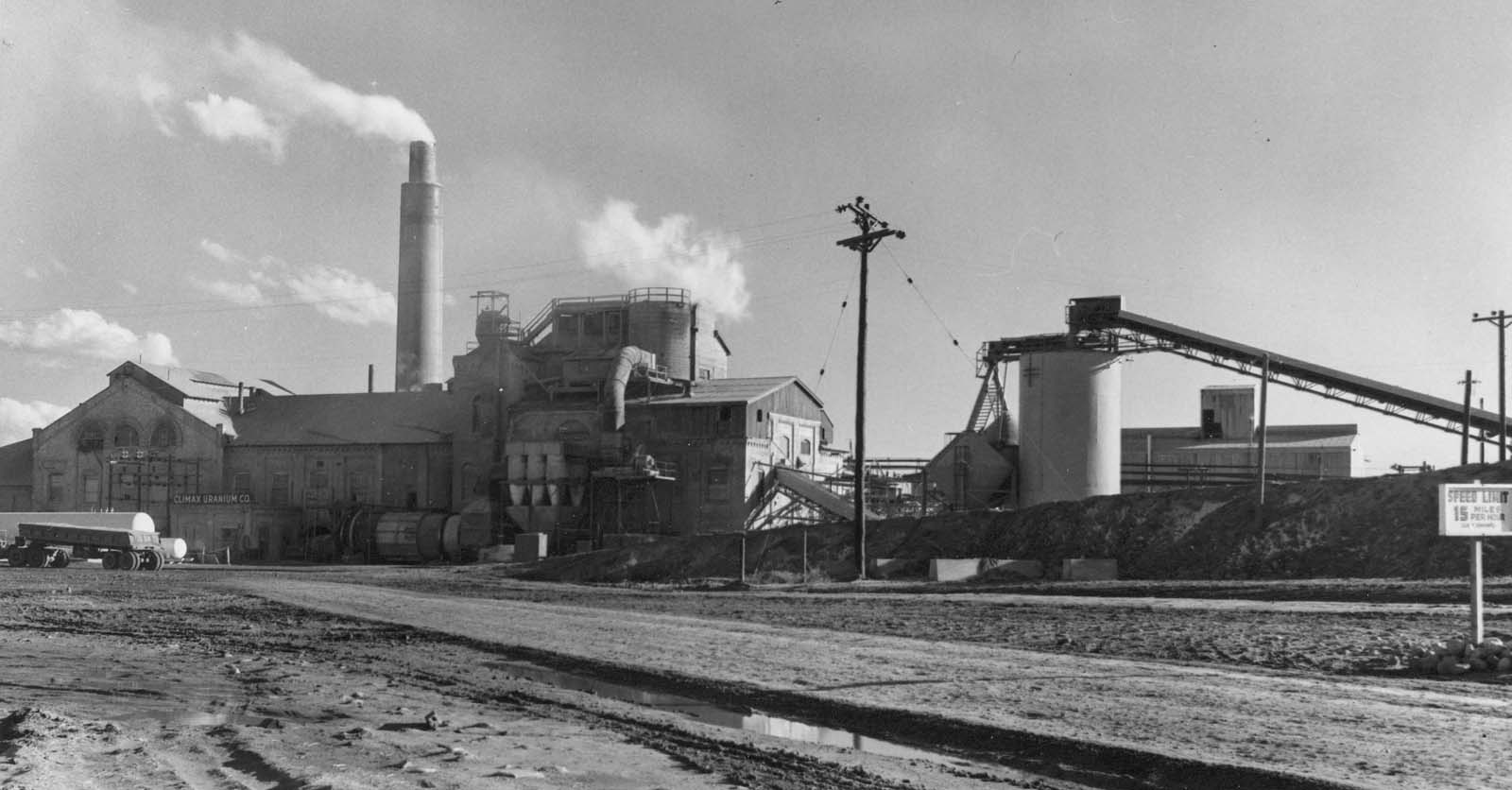
Subscribe to Trusted Ally News
A brief history of the Climax Uranium Mill
Located in Grand Junction, Colorado, the Climax Uranium Mill was once a sugar beet mill in 1899 before being transformed by the Climax Uranium Company in 1950 to operate as a uranium and vanadium mill until 1970. During the 1950s and 1960s, the mill processed uranium ore for both military and civilian purposes. As demand for uranium surged, the mill became a major employer in the region. At its peak, it processed thousands of tons of uranium ore, producing yellowcake (a concentrated form of uranium oxide) used in nuclear reactors and weapons.
However, alongside the economic benefits came serious and long-lasting health risks for workers and nearby communities.
The dangers of uranium milling
Uranium milling involves crushing and chemically processing uranium ore to extract the valuable uranium content. While lucrative, this process exposes workers to dangerous substances, including:
- Radon gas: A radioactive gas released during uranium processing that can accumulate in enclosed spaces.
- Radioactive dust: Particles that can be inhaled or ingested, exposing workers to internal radiation.
- Heavy metals and chemical exposure: Chemicals used in milling, such as sulfuric acid, can cause chemical burns and long-term organ damage.
During the mid-20th century, the understanding of radiation hazards was limited, and safety protocols were often inadequate or ignored.
Adverse health effects among workers
Over time, workers at the Climax Uranium Mill began to experience serious health problems. Studies and personal testimonies have highlighted a range of conditions linked to prolonged radiation and chemical exposure, including:
1. Lung cancer
Radon gas is a known carcinogen. Many mill workers inhaled radon decay products daily without proper ventilation or protective equipment, significantly increasing their risk of lung cancer.
2. Silicosis and other respiratory diseases
Dust generated during ore crushing often contained silica, which can cause silicosis—a debilitating and often fatal lung disease. Additionally, radioactive dust led to chronic bronchitis and other respiratory ailments.
3. Kidney damage
Exposure to uranium can lead to nephrotoxicity (kidney damage). Uranium is both chemically toxic and radioactive, and mill workers frequently showed signs of impaired kidney function.
4. Leukemia and other cancers
Workers were exposed to gamma radiation, which can penetrate the body and damage bone marrow, increasing the risk of leukemia and other cancers.
5. Skin conditions and burns
Direct contact with chemicals and radioactive materials led to burns, chronic skin ulcers, and an increased risk of skin cancer.
The environmental cost
In addition to the human toll, the Climax Uranium Mill left behind massive amounts of radioactive waste, known as tailings. 2.2 million tons of radioactive tailings were produced during its 19-year operation. These tailings were often stored in unlined pits or piles that leached contaminants into the soil and groundwater. Some of these materials were even used in construction projects around Grand Junction, unwittingly spreading contamination.
Government response and cleanup efforts
By the 1970s, awareness of the dangers posed by uranium mills began to grow. The Department of Energy (DOE) and the Environmental Protection Agency (EPA) eventually initiated cleanup programs under the Uranium Mill Tailings Radiation Control Act (UMTRCA) of 1978. Grand Junction became one of the first communities to receive federal assistance for decontaminating homes and businesses built with radioactive materials.
Today, the Climax Uranium Mill site has been largely remediated, but the health impacts on workers and their families remain a painful legacy.
Approved for EEOICPA White Card benefits
The Climax Uranium Mill is covered under The Radiation Exposure Compensation Act (RECA).
RECA by itself provides lump sum compensation and does not cover healthcare costs. But uranium workers who are approved for RECA compensation may also qualify for lifetime healthcare benefits for covered conditions under the Energy Employees Occupational Illness Compensation Program Act or the EEOICPA White Card Program.
From December 1988 to August 1994, DOE contractors conducted environmental cleanup at this former uranium mill under the Uranium Mill Tailings Radiation Control Act. Workers involved in the remediation may qualify for lifetime healthcare benefits for covered conditions under the EEOICPA White Card Program.
As of February 2025, Climax Uranium Mill DOE contractors have received over $10 million in EEOICPA settlements and medical bills paid.
Let us check if you or a loved one qualifies for up to $400,000 plus free medical care in the comfort of home.
Your pathway to care starts with Trusted Ally Home Care. Get started today and let us guide you through the process of receiving the care you or a loved one deserves.
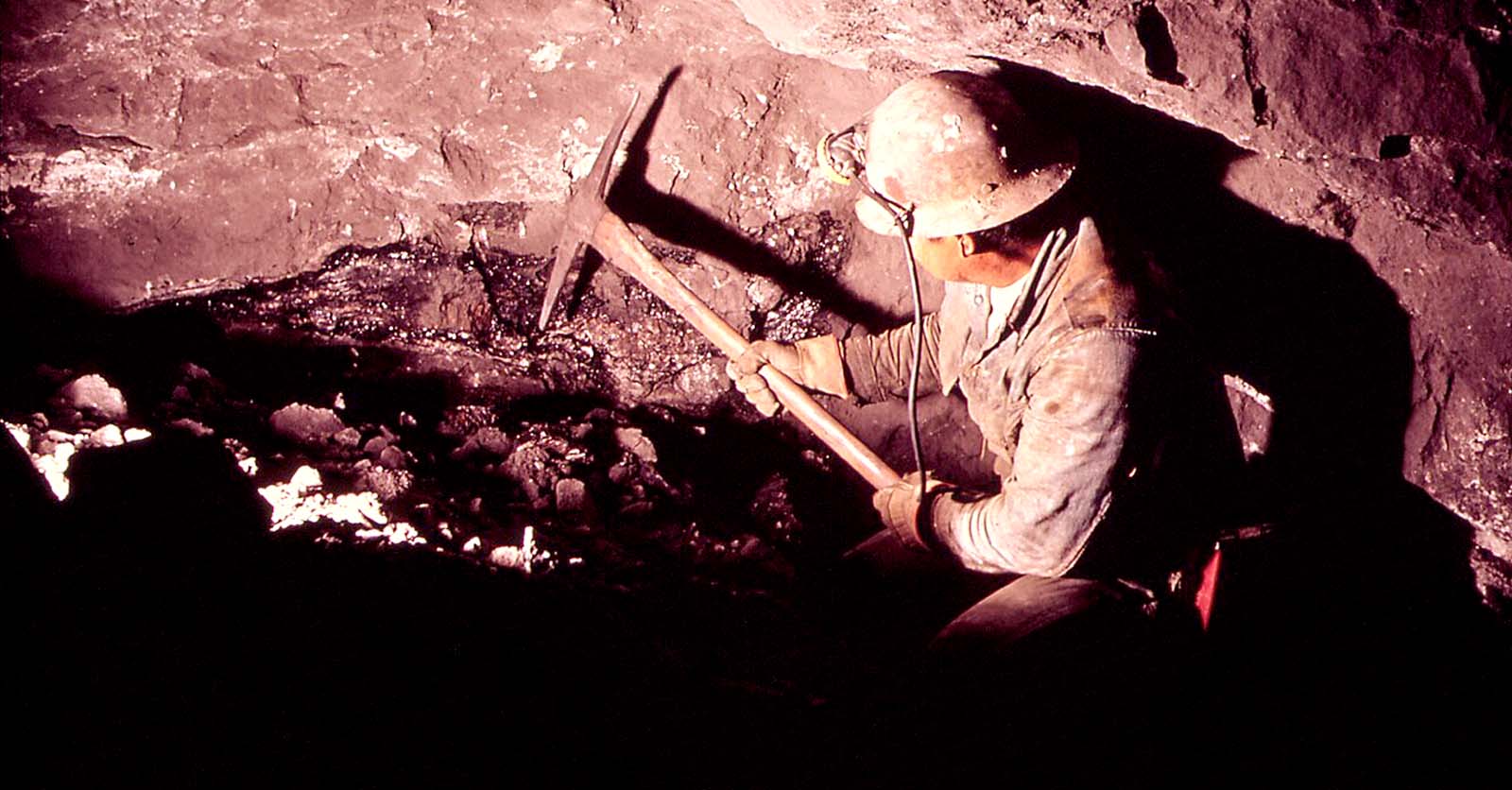 Read More
Read More






